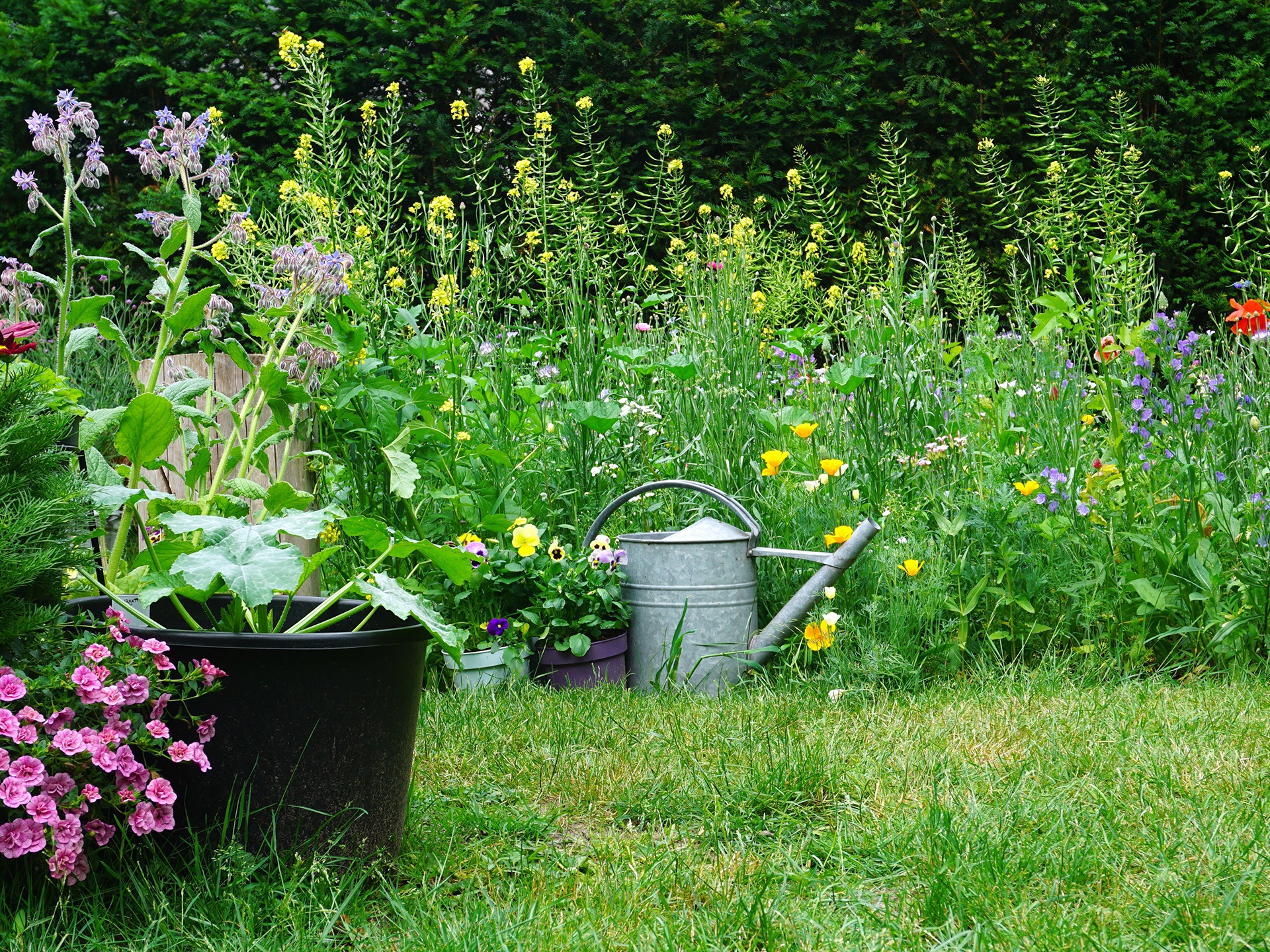Rewilding your garden – ten easy ways to encourage nature
There are lots of simple, science-backed things we can do to improve the biodiversity in our own gardens
The idea of rewilding has captured the public imagination, with scenes of bison in Blean in Kent, beavers in Scotland, and plans to reintroduce the lynx to Scotland as well. These large mammals are exciting, but they need large spaces to roam. What, we might wonder, can we do in our small back gardens? Plenty, it turns out.
None of the species-reintroduction schemes has been without controversy, and the topic of rewilding is proving equally controversial when it comes to gardening. While ‘wild’ style gardens have been the all the rage at horticultural shows like Chelsea, celeb gardeners Monty Don and Alan Titchmarsh have both decried the fashion for rewilding gardens.
Despite the headlines, however, this is not an either/or situation. It is perfectly possible to find ways to garden that are both supportive of biodiversity and allow you to take pleasure in your outdoor space and to enjoy its cultivation. And, encouraging wildlife in various ways is going to be big this year, featuring heavily in our garden trends for 2024 article.
Julian Doberski, author of The Science of Garden Biodiversity: The Living Garden, puts it like this, “Rewilding/wilding is a fashionable term in conservation but in its true sense is only peripherally relevant to gardeners with an average garden. Nontheless, there is certainly something to be said for having a wilder, less managed part of the garden or lawn. This will provide additional niche opportunities for a range of plants and invertebrates.”
He points out that the best option for wildlife is probably a garden that retains some more cultivated areas as well as wilder areas. He says, “All the scientific background… suggests that a garden that has been ‘let go’ to become more wild will undoubtedly be more attractive to a range of species, but a rather uniform wild garden may not be particularly species rich.”
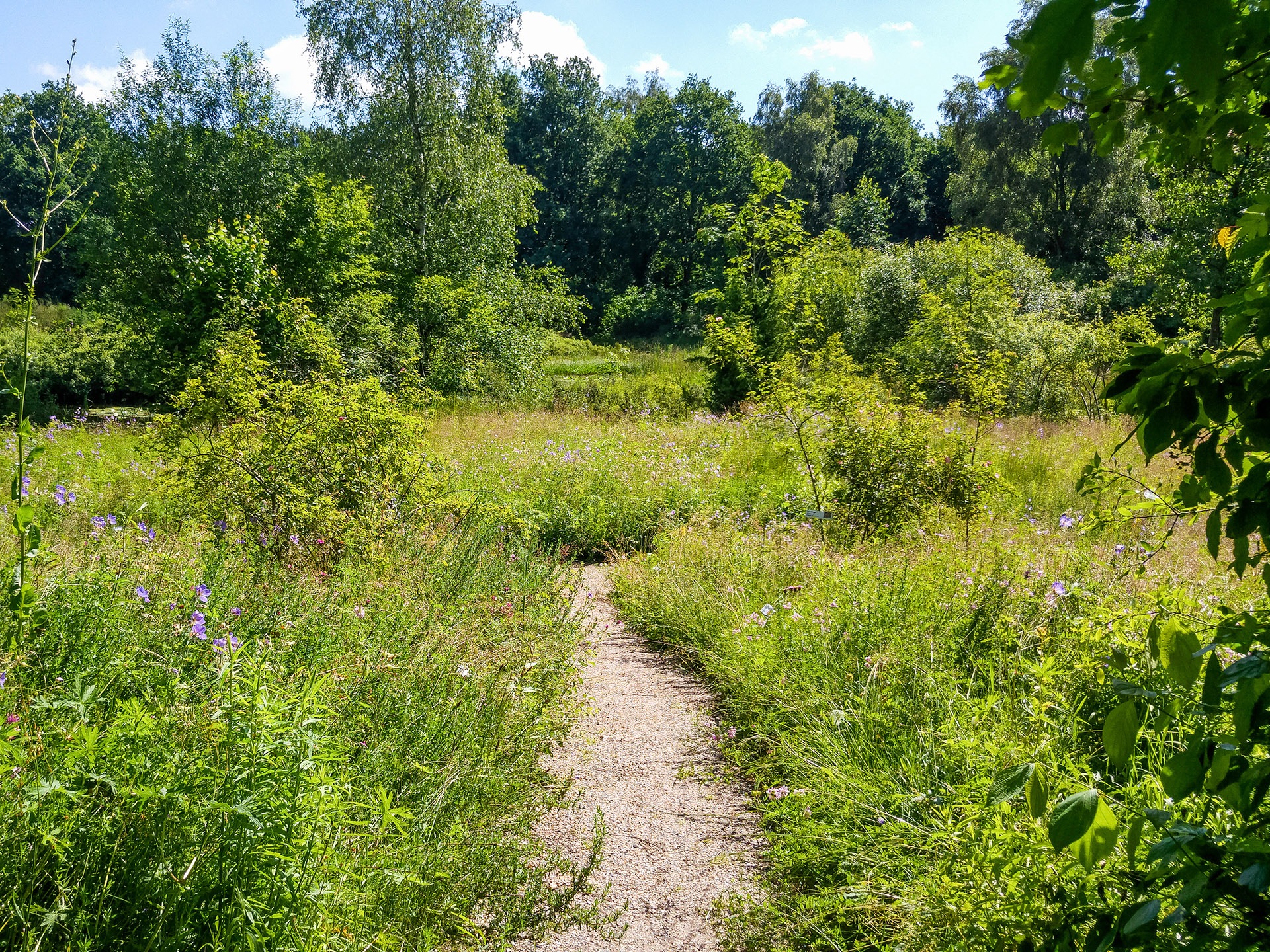
- Image credit: Adobe
He concludes, “Creating a range of more formal plantings with both native and non-native species alongside less-managed wild areas is the optimum mix. There have always been different ways to garden, and wilding is an addition to the smorgasbord of gardening options.”
Here are our top ten easy ways you can encourage nature in your garden and improve its biodiversity.
1 Don’t get too hung up on “native” vs “non-native”
It is tricky to define what is a native or indigenous plant. At different points in our history, many different species have grown naturally here. It seems somewhat arbitrary to focus on a specific set of plants from a particular time period.
Regarding the plants in your garden, there is no need to restrict yourself to some purist notion of “native” plants. A mix of flower-rich species is great for biodiversity and “non-native” plants can be both beautiful and useful within that mix because they often bloom earlier or later in the year so extend the flowering season, which is very helpful for insects.
2 Learn to live with some pest damage
Evidence seems to suggest – though as yet it has not been proved categorically – that exposure to agricultural herbicides and pesticides is implicated in the decline in insect populations over recent decades. Insects are a vital part of ecosystems because they are both a source of food for other creatures and they help pollinate plants. Given this, the use of potentially harmful pesticides in gardens seems harder to justify these days.
There are natural ways to deal with pests. For example, you can encourage predatory and parasitoid insects – which will eat pests – into your garden by growing plenty of flowers. But, you might need to come to terms with a level of pest damage to your plants that you wouldn’t have if you were still using pesticides. Remember, though, that the pests that damage your plants are vital food for other insects, who are, in turn, food for birds and animals further up the food chain. So, it’s best to step away from the spray and let nature take care of the pests.
Eric Michels, from CJ Wildlife, says, “Amphibians make for excellent natural pest control, as they feast on many problematic pests like slugs, flies, and snails. So encouraging them in your garden is much more beneficial than reaching for chemicals. Toads, frogs, and newts have thin, permeable skin, which allows them to absorb oxygen and release carbon dioxide and other toxins from their body. Unfortunately, alongside oxygen, other toxins like pesticides can also be absorbed through their skin and lead to devastating consequences, including reproductive issues and even death. Pesticides and chemicals can also harm other native species and bug life.
“Amphibians are interesting creatures and spotting them in the garden can be a joyful experience. While having these animals present signifies good environmental health, it is important that you do not move or relocate frogs, toads, newts or their spawn from where you find them. This can increase the risk and spread of diseases and also put them under unnecessary stress and harm if the new location is not suitable or unsafe.”

- Image credit: CJ Wildlife
3 Lay off the herbicides
You don’t have to allow weeds to grow all over your garden for it to be friendly to wildlife, but instead of resorting to herbicides to get rid of the weeds, weed by hand. It’s good exercise.
You can learn to love the presence of a few weeds, too. A slightly less visually perfect and pristine garden might not be to your taste initially, but it will be very much to the taste of the tiny creatures that inhabit it.
4 Encourage habitat variety
The greater variety of habitats you can encourage, the better. If you have room for larger plants like trees and shrubs, plant some, because tree canopy cover, in particular, seems to enhance species diversity in the immediate area.
5 Flowers matter
A garden full of flowers is the best way to encourage pollinating insects. Here’s a list of great flowers for bees and here’s a list of flowers that butterflies love too.
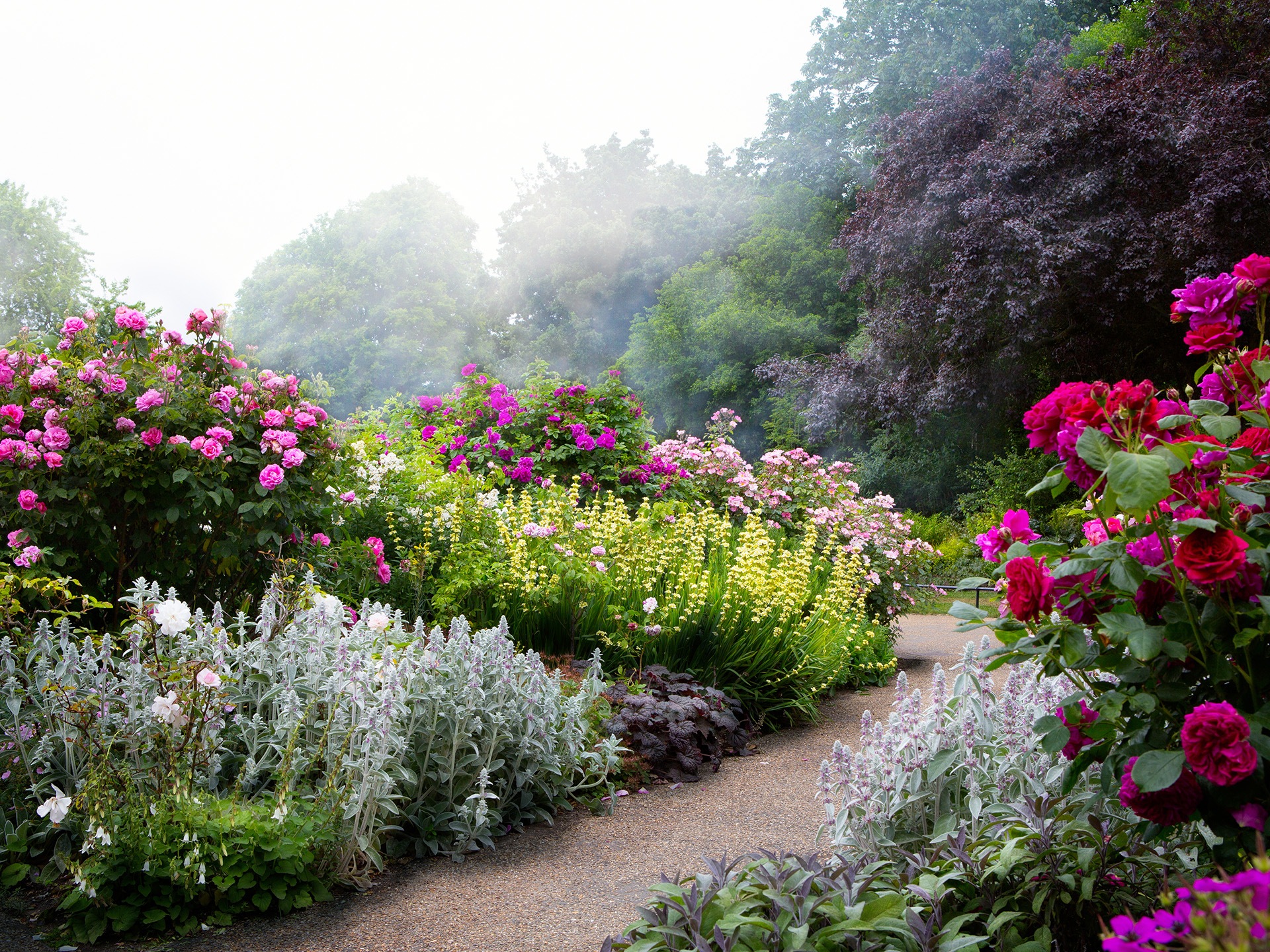
- Image credit: Adobe
6 Don’t be too tidy
One helpful thing that is very easy to do is less tidying. If you leave fallen leaves on the soil, they will rot down into the soil, assisted by the worms. Leaving a patch of garden to go wild is an excellent gain for biodiversity, too, but there’s no need to let the weeds take over the whole garden. A patch is all you need.
Fallen wood is a big win for your garden’s eco system, providing a source of food for fungi and invertebrates – and therefore for the creatures that eat them, too. So, leave any fallen branches on the ground to rot, if you can. Or, if need be, build a wood pile. As long as there is somewhere the wood can rot, you’ll be encouraging precious microorganisms.
7 Put in a pond
Michels says, “Most native amphibians lay their fertilised eggs in water where they hatch into tadpoles then become adult frogs, toads, or newts. Adding a pond to the garden is the simplest and most effective way to encourage these creatures by providing them with a place to breed and shelter.
“When creating a pond, ensure that at least one side of the pool is gradually sloped up towards land, or use natural materials like stones, pebbles and logs to create a ramp. This allows younger species to leave the water with ease. It also helps if other mammals or birds fall in, as they will have an easy exit route.
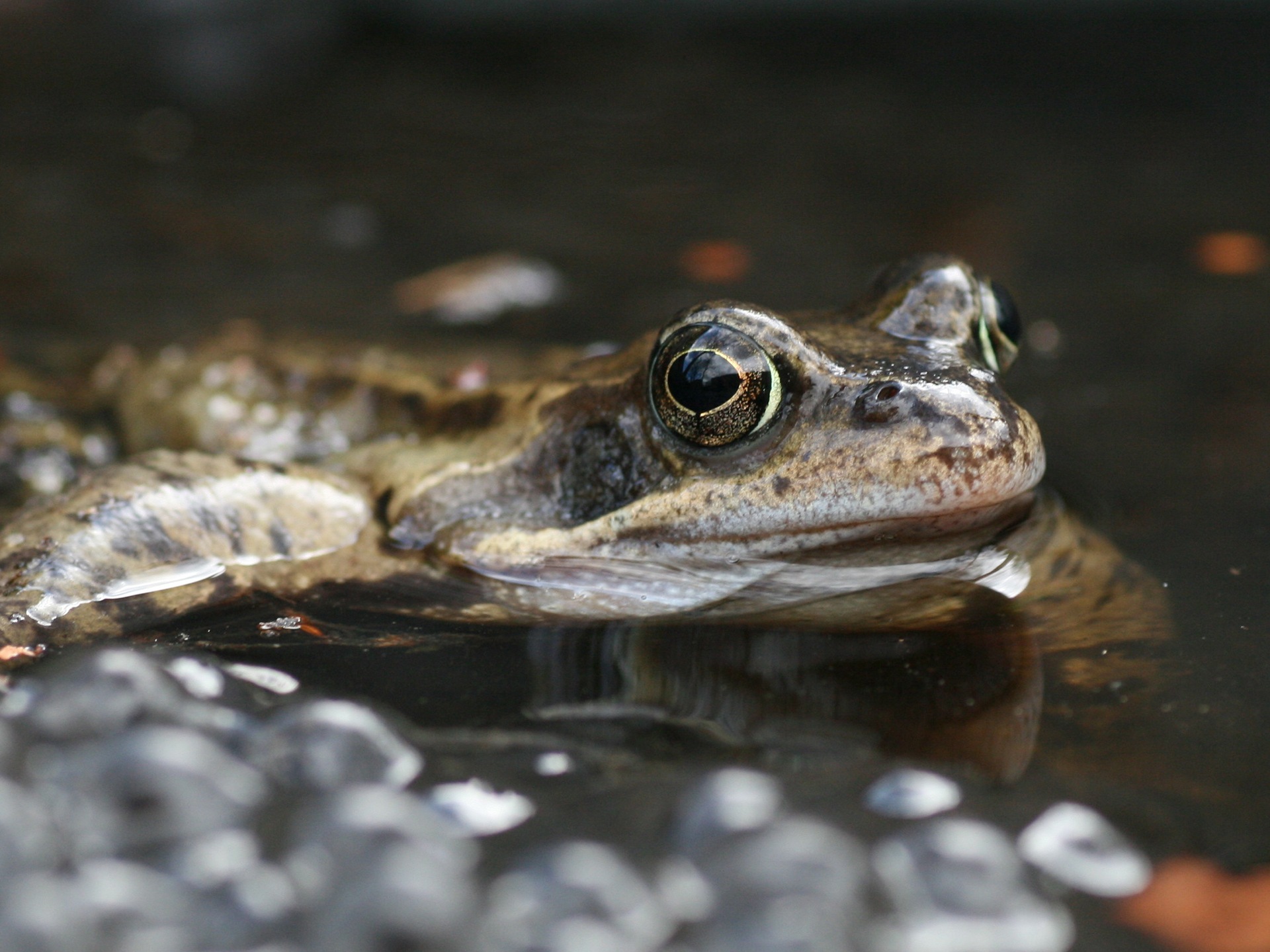
- Image credit: CJ Wildlife
“Small amphibians can be eaten by birds and other predators, so adding plants around the perimeter of the pond can help keep them safe and hidden. Another option is to introduce water lilies – these provide shelter and refuge for tadpoles while giving adult frogs and toads a study place to perch above the water to rest and breathe.
“Frogs, newts, and toads also require shelter away from the water, so a toad abode or frog house is a great solution. The National Trust’s Frog and Toad House is great.”
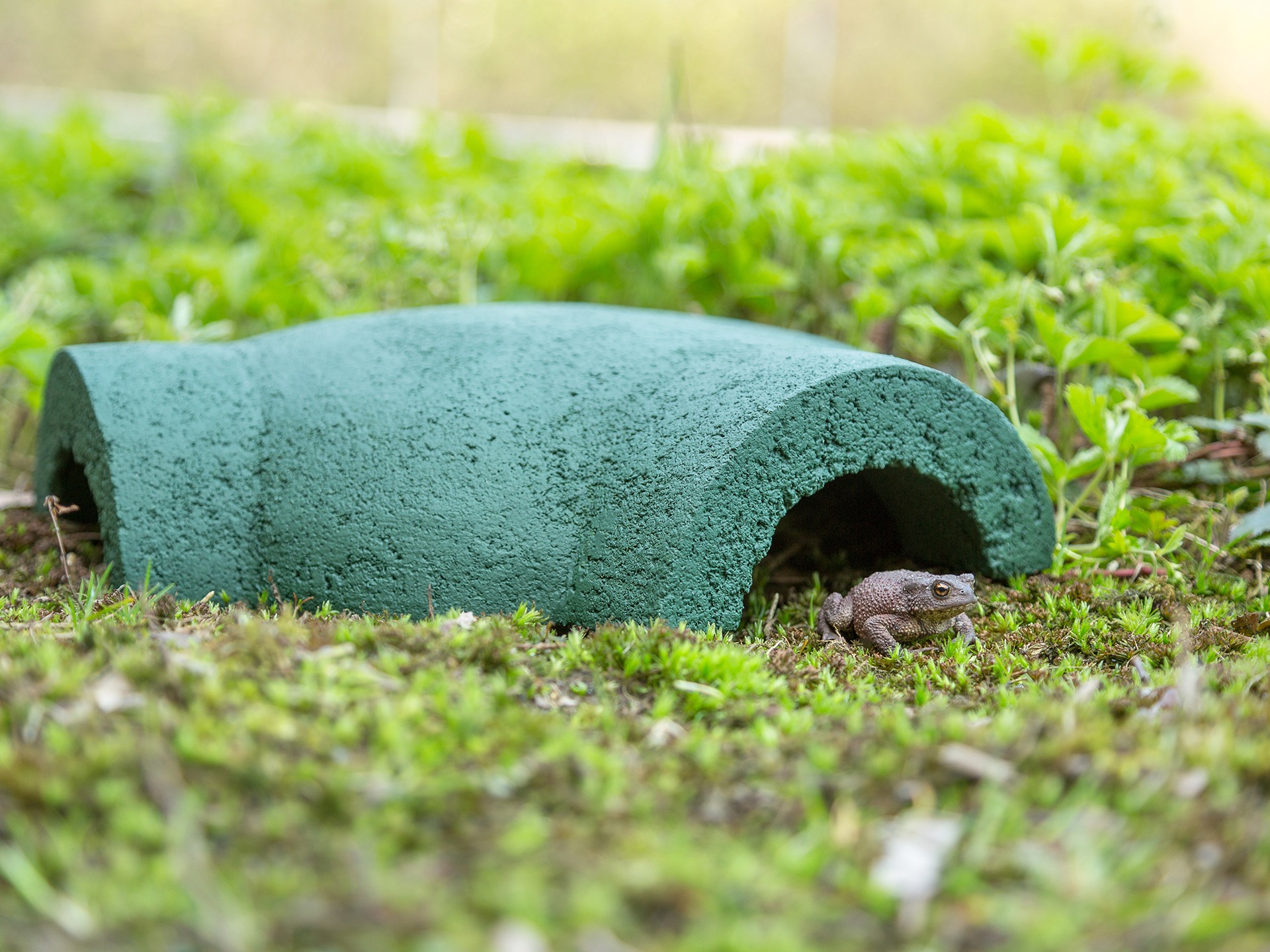
- Image credit: CJ Wildlife
8 Rethink your lawn
Leave an area of your lawn to grow long. It doesn’t have to be all your lawn: setting aside a specific area is fine. Or you could consider creating something called a tapestry lawn, which replaces grass with lots of low-growing native wildflowers, such as yarrow, daisies, creeping cinquefoil, creeping buttercup, white clover, sweet violet. (Some of these you may recognise in your lawn already if your lawn care is not up to tennis-court standards.) You can get more info on this idea in Tapestry Lawns: Freed from Grass and Full of Flowers by Lionel Smith
The wildflower meadow that comes to mind when we think of wild gardens is actually quite a difficult thing to grow in a garden, other than by resowing it annually. In the wild, such meadows are a product of poor soil, which prevents dominant species taking over. If you have richer soil in your garden, the most vigorous species in a perennial meadow will take over, and the number of flowering species will slowly decrease over time. But, if your soil is poor, you might get good results with the right perennial wildflower meadow seed mix.
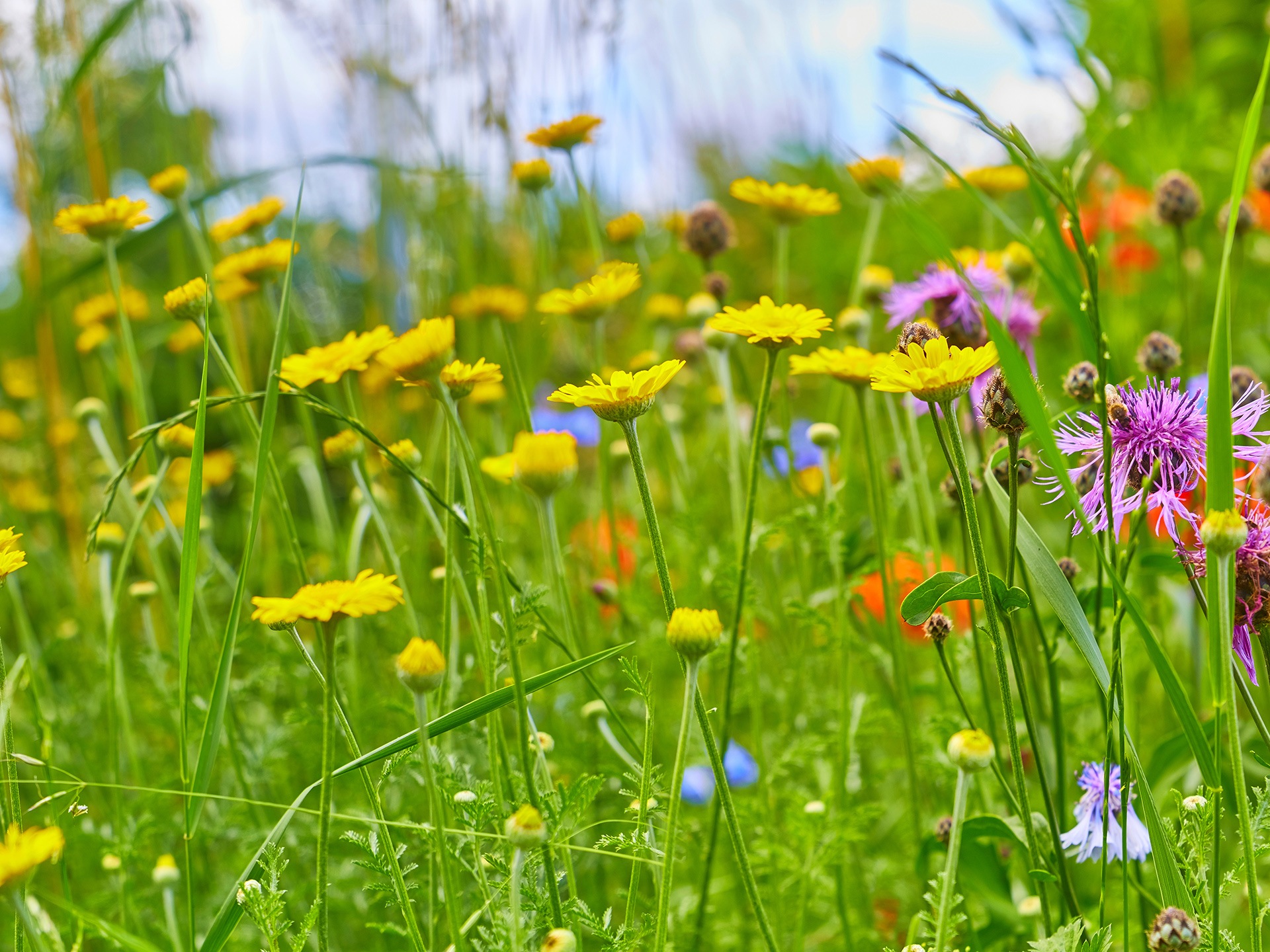
- Image credit: Adobe
9 Make compost
Making compost is a great way to reuse kitchen waste, reinvigorate your soil, and create a whole ecosystem of its own that will provide food for all sorts of microorganisms and insects. Eric says,“Compost attracts all kinds of delicious and nutritious insects for frogs, toads and newts to eat. Slugs, worms, and other invertebrates provide a filling snack for amphibians whilst also creating useful compost for you to use. Compost also offers a safe shelter for frogs, toads, and newts to find refuge in, especially when they are seeking a damp, cool space.
“Position your compost heap in a sunny south-facing position, and if you do spot frogs, toads or newts nearby, make sure you don’t disturb them, or they might not return.”
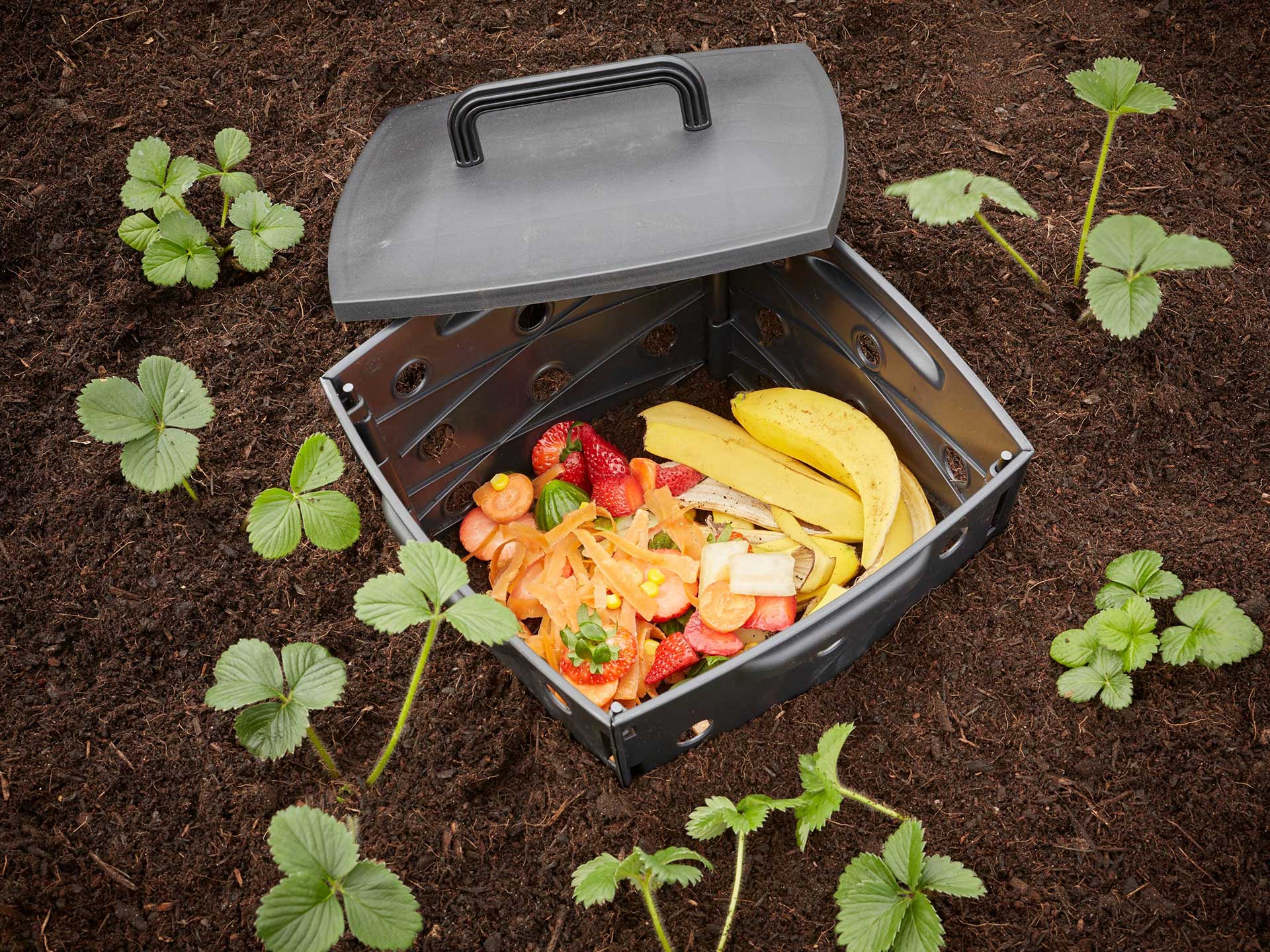
- Image credit: B&Q Verve Composter
10 Recognise what’s already there
Your garden is already more biodiverse than you realise, just with tiny creatures that we tend not to notice: microorganisms and invetebrates. Investigating and learning more about the insects in your garden will give you a greater sense of respect for the existing biodiversity. Julian Doberski offers lots of great tips on how to do this in The Science of Garden Biodiversity: The Living Garden, which is a really useful, science-based basic guide to making your garden more wildlife friendly. Look out for RSPB Gardening for Wildlife by Adrian Thomas, which is also really helpful. And, remember, your garden may be small on its own. But the gardens of Britain cover nearly a third of urban space and over 5000km2 in total, so imagine what a difference it would make to the nation’s biodiversity if everyone made an effort to garden in a way that was just a bit more nature friendly.
There are more ideas for rewilding gardens on the Rewilding Britain website.

